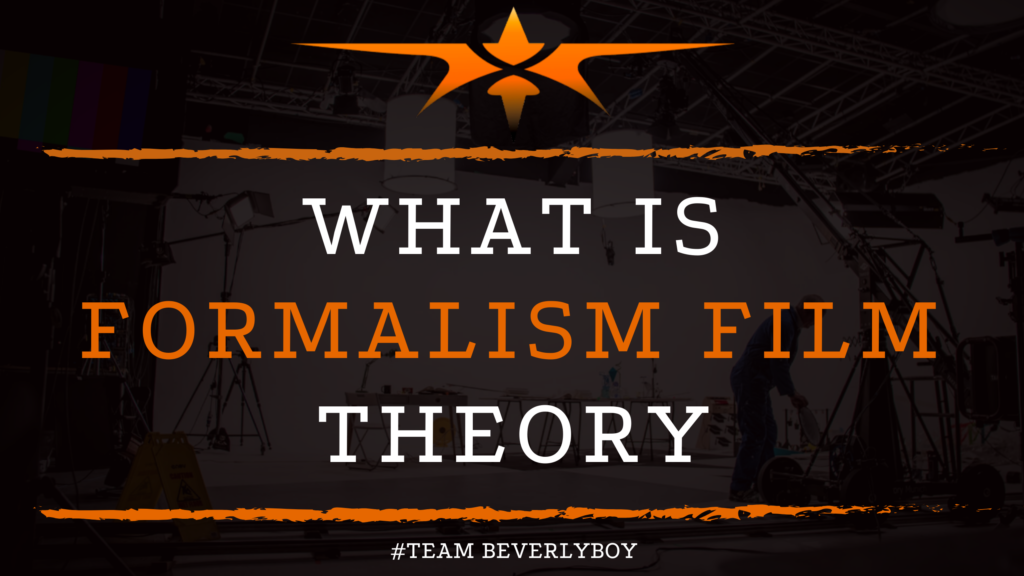What is Formalism Film Theory?
Formalism film theory, sometimes referred to as formalist film theory, represents the study of technical filmmaking elements. Including those related to the lighting and sound of film, the set, props and costume design. As well as the use of color, composition, shots and film editing.
The formalist theorists believe that the Director brings the audience an altered reality through the use of various techniques in filmmaking.
Things such as the training and hiring of professional actors, the use of special effects. And editing to speed up or slow down the timing of the events taking place on the screen.
Formalism is essentially the use of filmmaking techniques and elements. In order to recreate a world that is imaginary and purely artificial. Almost all of the modern movies that we watch today can fall into some level of formalism.
If we look into them because they pretty much all use professional actors, heavy special effects, editing to speed or slow time, and lighting to exaggerate surroundings. As well as sound to further exaggerate the imaginary world.
OVERVIEW OF FORMALISM FILM THEORY
Formalism, in its most general definition, represents the creation of a hybrid, altered illusion of a world or environment and/or characters through the use of individual elements of film.
Such as production, special effects, editing, and the use of various techniques to embrace ideological criticism.
Formalists believe that style and the means by which it is used to communicate ideas, emotions and themes in film is largely the result of the use of various synthesized elements.
Such as film editing, composition, acting, music, and other elements. To alter the combined effects of these elements and create tension or to otherwise elevate the mood.
CHARACTERISTICS OF FORMALISM FILM THEORY

There’s really no set of defined characteristics that are included in a formalist or by formalism. In fact, any altered or synthesized use of various filmmaking elements and techniques could well be considered part of a formalist theory of film.
However, what we see in most modern movies, such as the use of altered lighting to produce a specific visual, the use of sound to exaggerate a specific event. Or the use of professional acting to further escalate matters is all representative of the formalist film theory.
THE FOLLOWING CHARACTERISTICS OF FORMALISM FILM THEORY EXIST:
- The use of professional actors.
- Use of lighting to create synthesized views.
- The use of editing to slow or speed the time.
- Use of sound to exaggerate events or situations.
- The use of props or other elements to break the illusion of a realistic event or element.
- Heavy use of special effects to further synthesize the world.
THE CONNECTION TO ANIMATION
If you read all of this and think – animation! You’re absolutely right! Formalism film theory is focused on showing us a synthesized, created world that is unreal and completely artificial.
And animations typically do an excellent job at this. Thus, many animations largely connect with formalism.
Certain kinds of camera shots also connect with formalism film theory. For example, the use of the POV shot, the Over the Shoulder Shot, and the Long Shot are all popular in this kind of film.
IN SUMMATION
Combinations of these shots are frequently employed in order to create the perceived image or view of a break from reality. This is formalism film theory at work.
Creating various moods and intentions from the break in reality that comes from the use of equipment, techniques and filmmaking elements.


